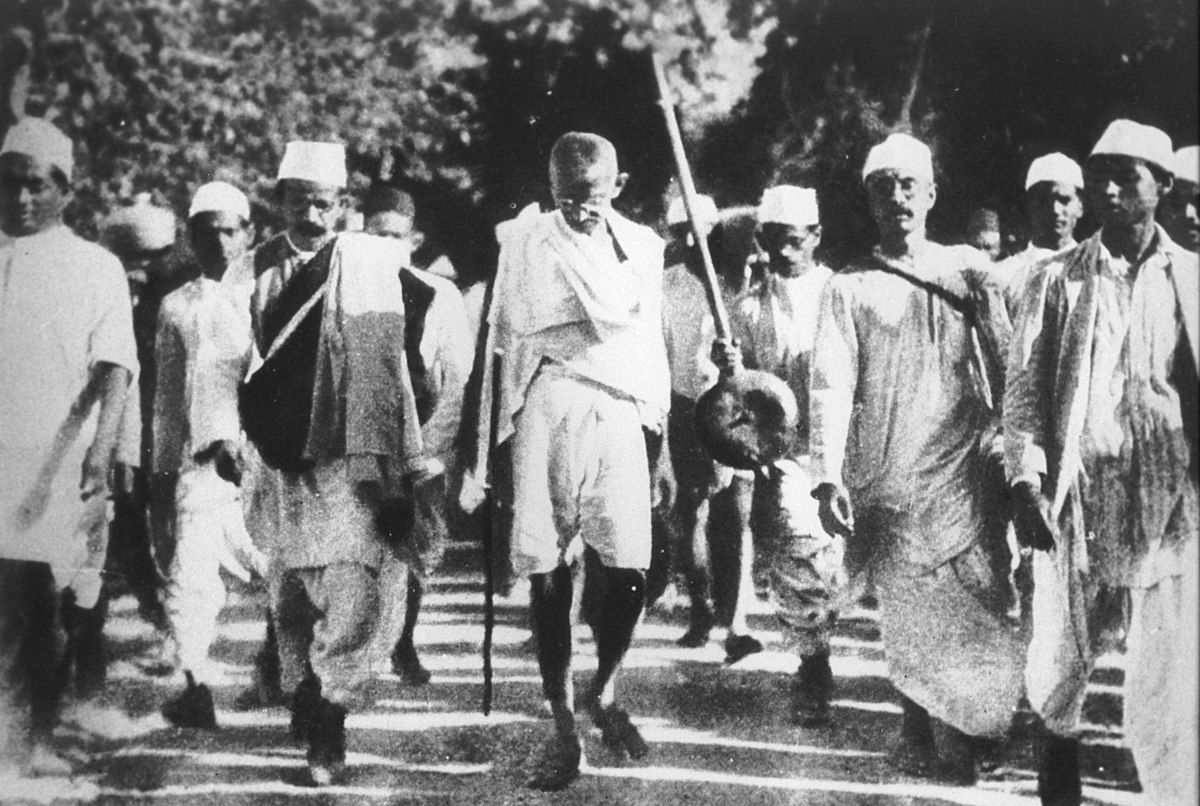On January 2nd, 1947, Mahatma Gandhi began his march for peace in East Bengal, one of his last significant protests before his assassination the following year. Religious intolerance was on the rise across the subcontinent, and Gandhi, dismayed by this, wanted to end the tensions and promote cooperation between the main religions in the region. With this in mind, he began another march, following on from his more famous Salt March in 1930.
After many years of campaigning for independence, Gandhi’s dream was on the verge of being realized, but the pressure was also growing for the independent country to be partitioned on religious lines, with a Hindu majority in India and a Muslim majority in what was later to be known as Pakistan. In contrast to this sectarian view, Gandhi’s vision called for a pluralist India, embracing all the peoples of the subcontinent.
Gandhi’s opinions set him against many others, including other Hindus who believed him too accommodating to Muslims. In fact, a Hindu, Nathuram Godse, assassinated him just over a year later, on January 30th, 1948.
With the British Empire severely weakened following World War 2, it was only a matter of time before the British began to let go of their colonies. On the stroke of midnight on August 15th, 1947, the Indian Independence Bill was signed. Gandhi’s lifelong dream had finally been realized.
Unfortunately, the same day also marked the ultimate failure of his march for peace. The Partition Act was also signed, dividing British India into the two independent dominions of India and Pakistan.

